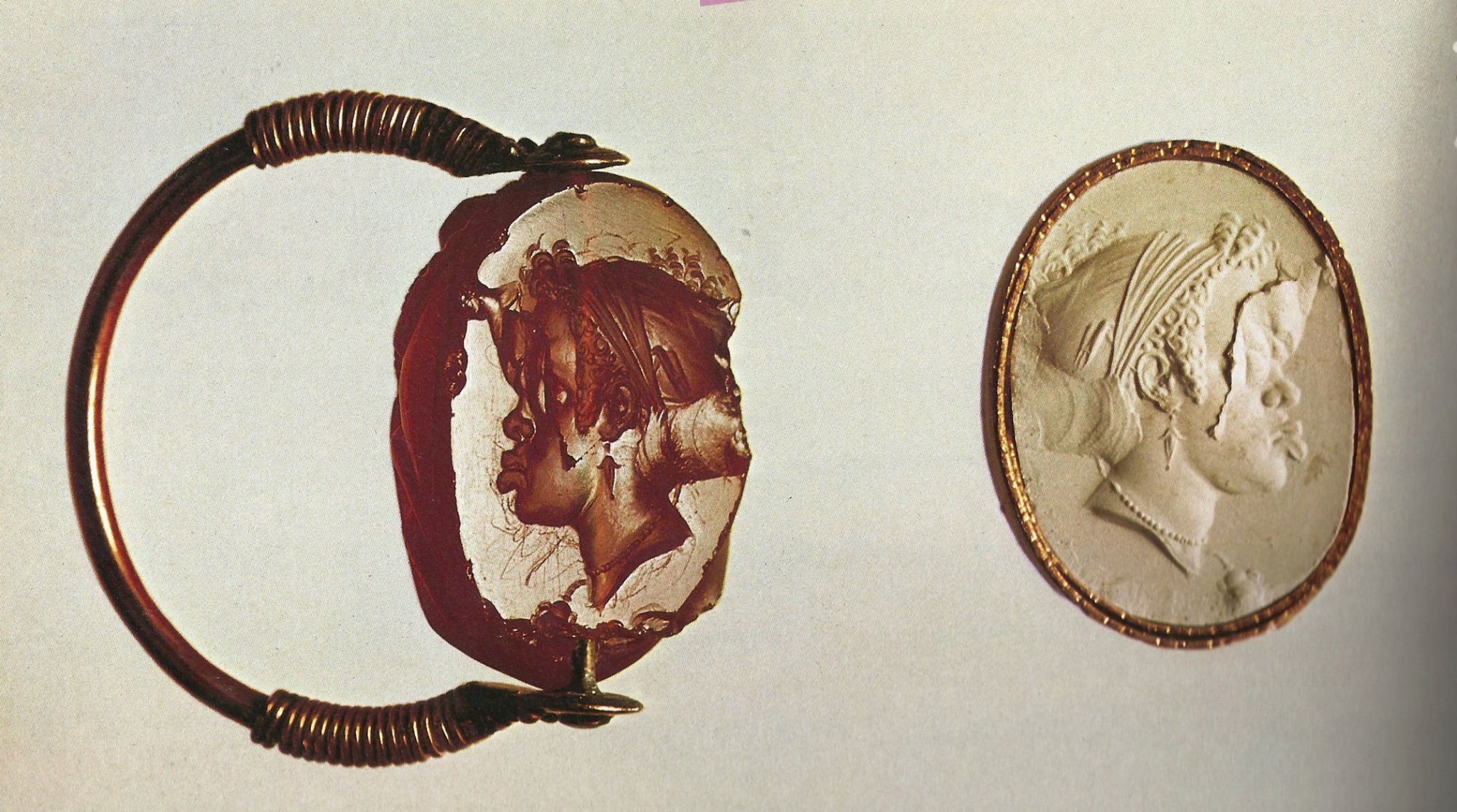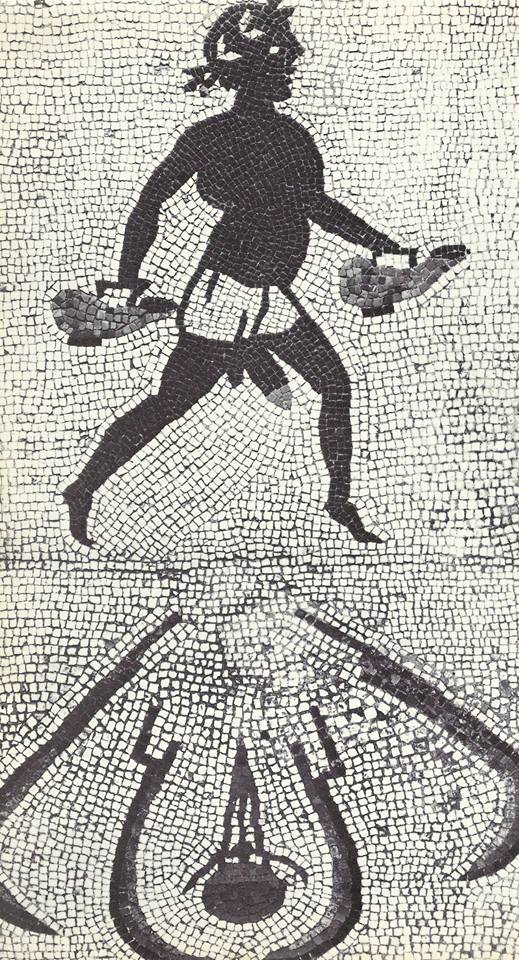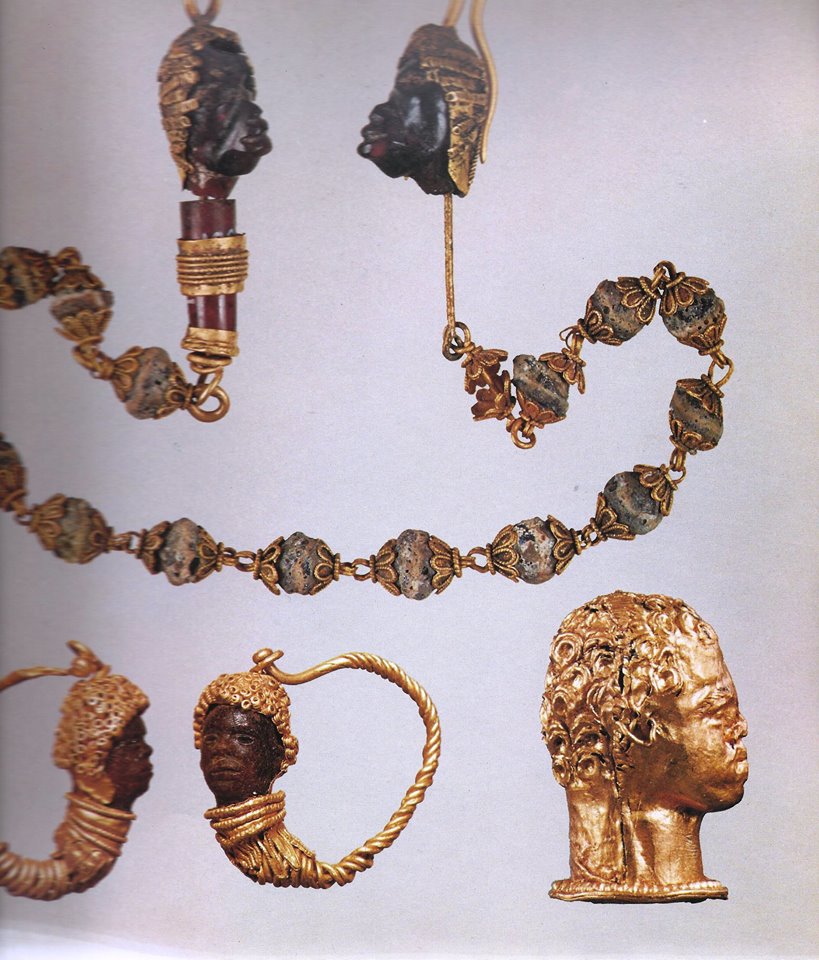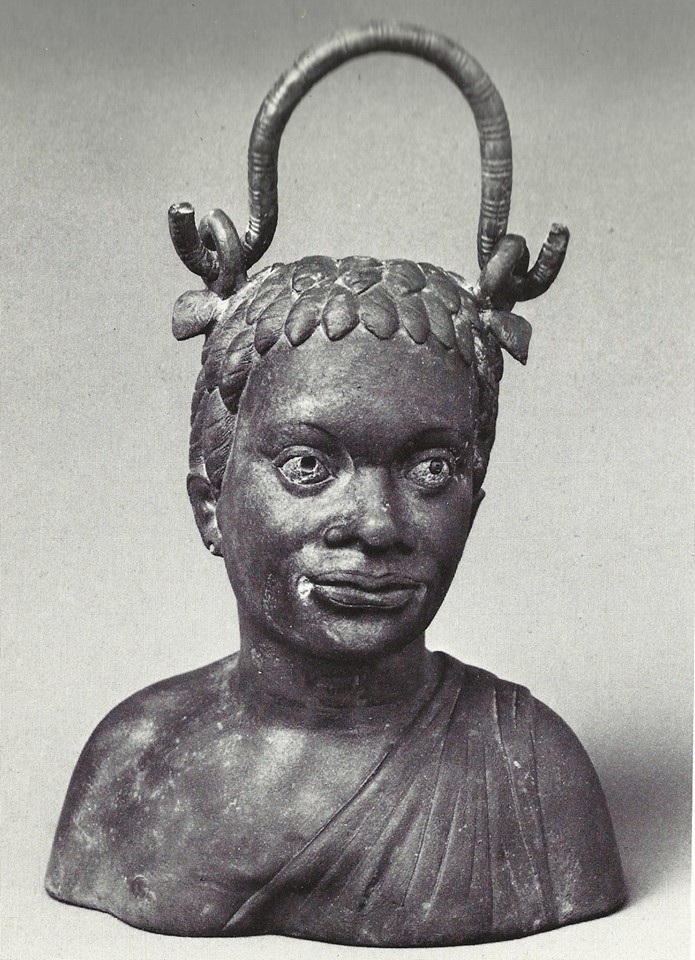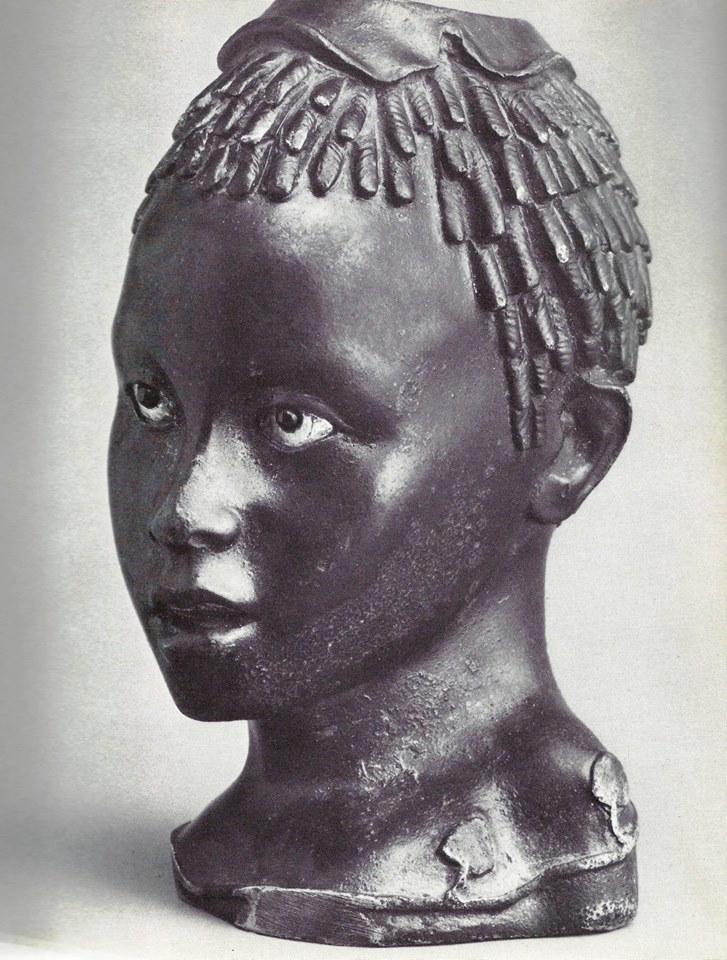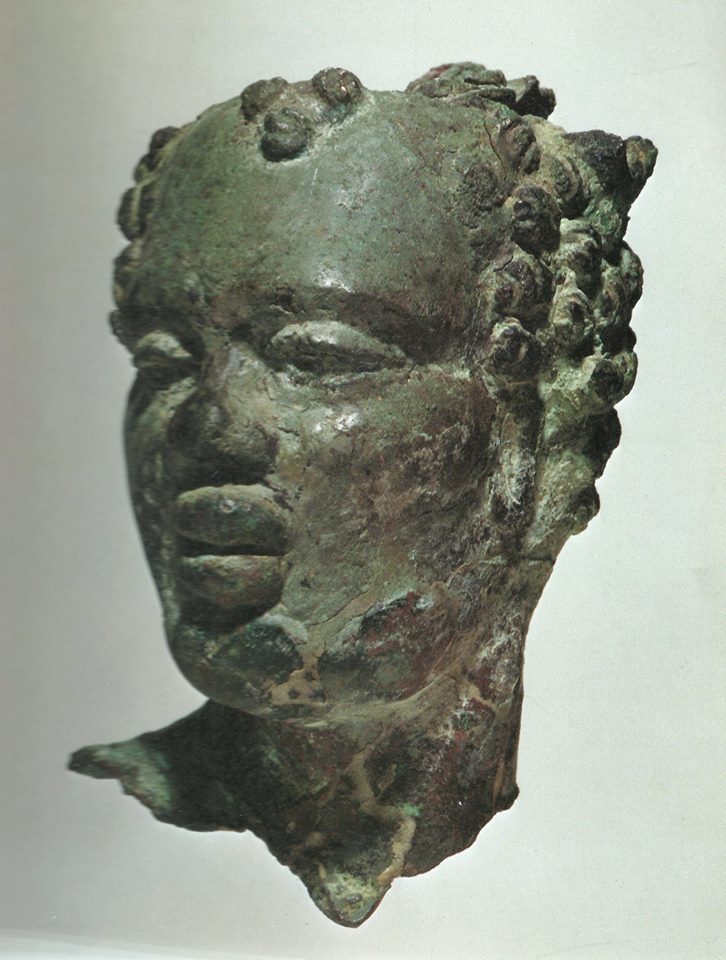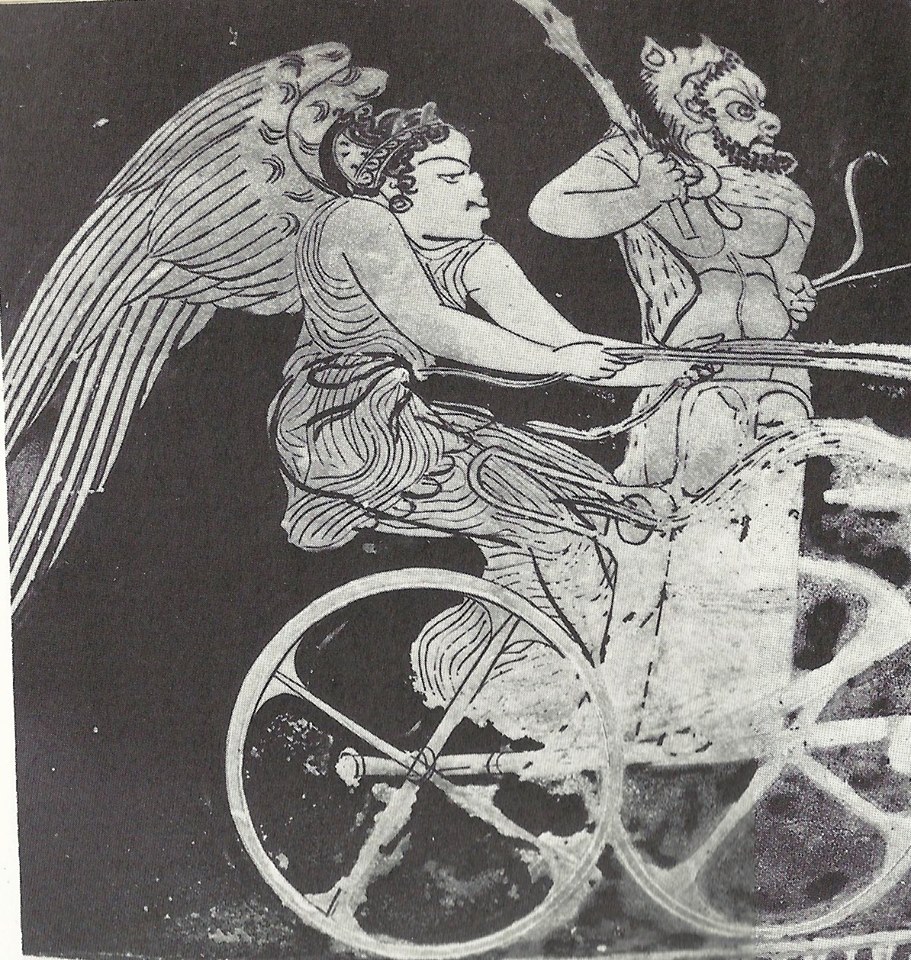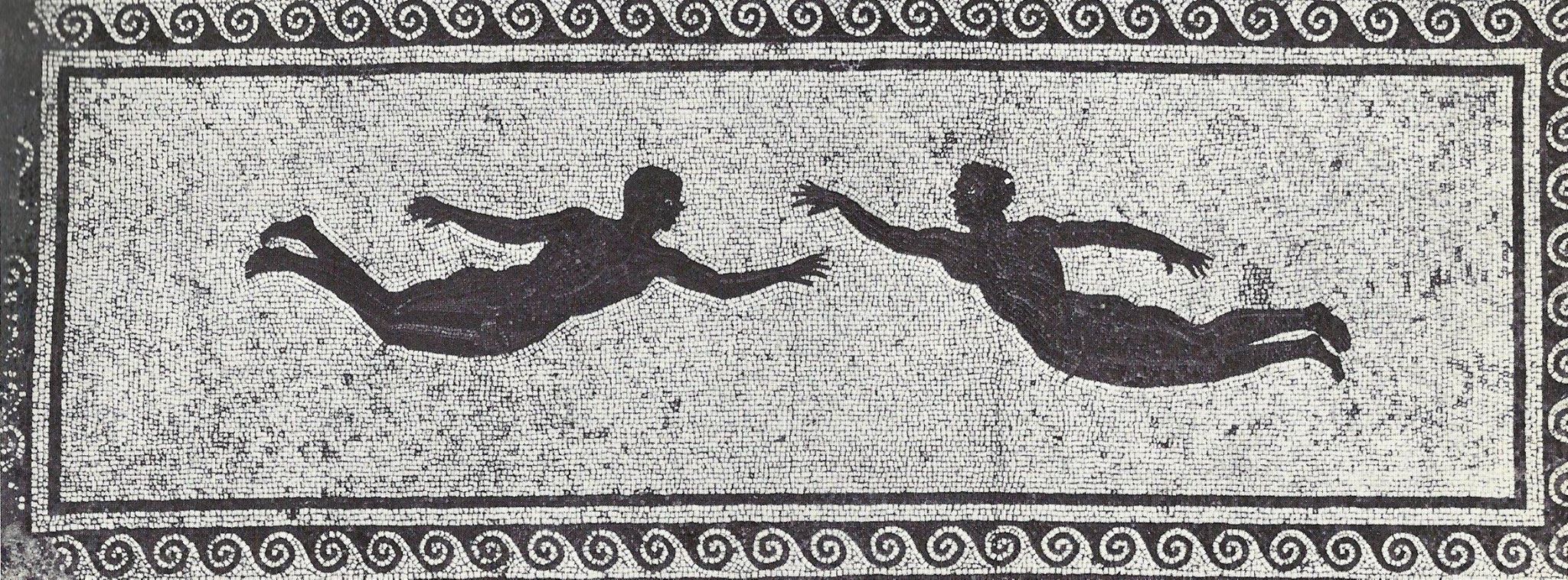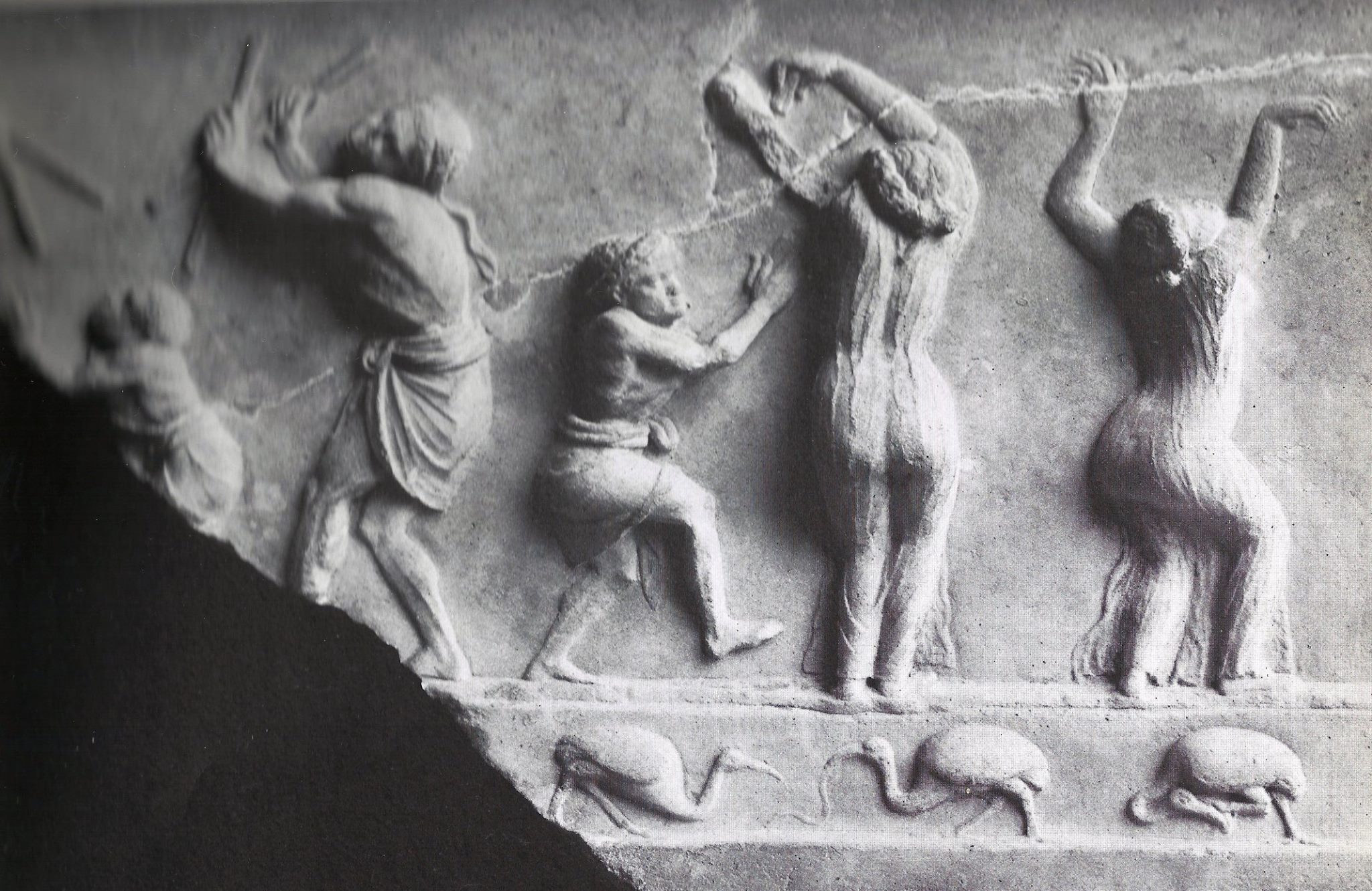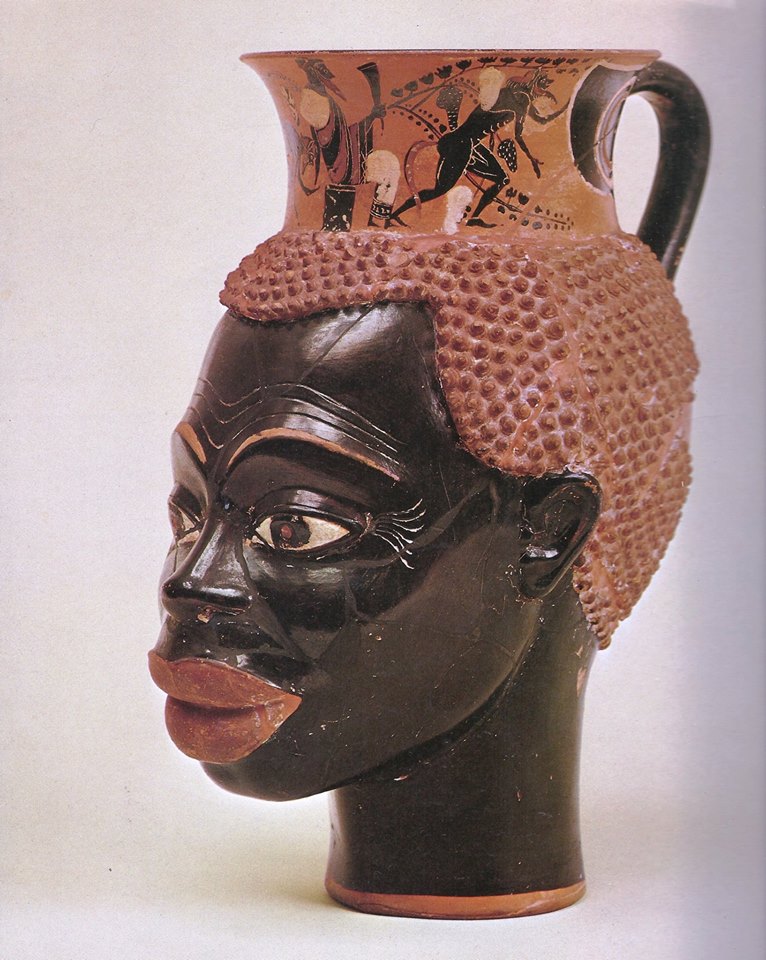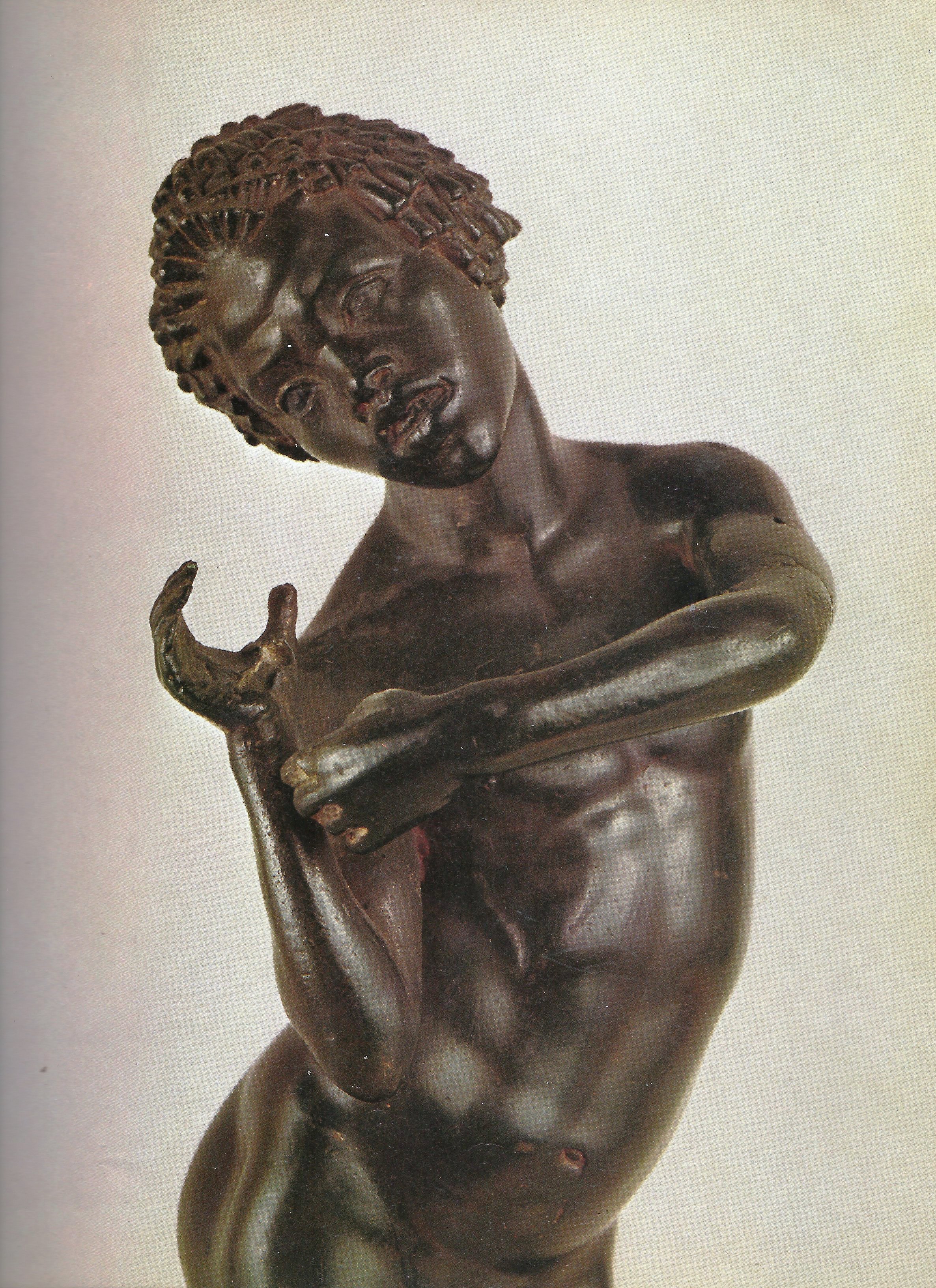Art History 750: African Greco-Roman
“Representations of Negro peoples appear in every major period of classical art. Yet very few illustrations of blacks are included in handbooks and histories of Greek and Roman art; and when they are, the same small group of examples is chosen. Such a practice creates the impression that the Negro was not a familiar sight in the ancient world.” Frank M Snowden, Jr., 1976
Iconographical evidence of African populations in Greco-Roman antiquity is excluded from Art History courses. Typically when we think of ancient Greece and Rome, also referred to as the Greco-Roman period, we visualize a caucasoid model. This is not the case, for the African presence was far from invisible during this period. Art History 750 is an attempt to shed a different light on the archaeological and iconological past.
The representing feature image is a 24kt gold bowl (phiale) found at Panagyurishte in southern Bulgaria is part of a Thracian treasure, excavated on December 8, 1949. The bowl is dated from the 4th-3rd century BC and is thought to have been used as a royal ceremonial set by the Thracian king Seuthes III. Three rows of African heads and a row of acorns decorate the bowl. The found treasure consisted of 7 other objects totaling 13.58 lbs of 24kt gold. All of the objects are richly and skilfully decorated with scenes of Thracian myths, customs, and life.
The art of the ancient Greeks and Romans is called classical art. The term is also used to describe later periods in which artists looked for their inspiration in this ancient style. The Romans learned sculpture and painting largely from the Greeks and helped to transmit Greek art to later ages. Classical art owes its lasting influence to its simplicity order, its humanity, and its sheer beauty.
The saying “history is written by the victors” is a huge factor in why there is such a disparity in the representations of Africans during the “classical” period. When Greece was conquered by Rome; Roman generals began a systematic plunder of the cities of Greece, bringing back thousands of Greek statues to grace their triumphal processions. Greek artists flocked to Rome to share in the patronage that was so lavishly bestowed, owing to the rich conquests made as the Roman power was extended.
Greek art became inseparably interwoven with that of Rome. The African influence in Greco-Roman Art was more than just a presence; it was the guiding force of the social, political, cultural, and aesthetic thought of that era. Gold, bronze, terracotta, or marble represented rulers, aristocrats, or other important people in the community; they had an identity. Why is the African Greco-Roman model, which was a significant part of this culture and time, eradicated, wiped out, ignored, or erased from history?
Art History 750 is an ongoing study that will be presented periodically on HAF. The number 750 reflects the academic numbering system of college and university learning institutions. Typically undergraduate course studies are indicated by numbers from 100 – 499. Graduate courses range is from 500 -799. Art History 750 will showcase art-historical facts that you will most likely never find on a college or university syllabus.
historical reference source:
The Image of the Black in Western Art; volume I from the pharaohs to the fall of the Roman Empire
featured image is a 24kt gold bowl (phiale) found at Panagyurishte in southern Bulgaria is part of a Thracian treasure, The bowl is dated from the 4th-3rd century BC




